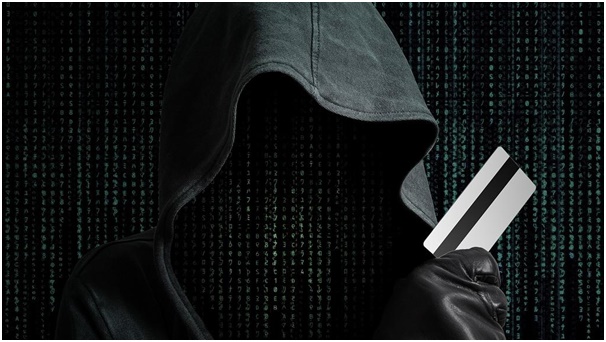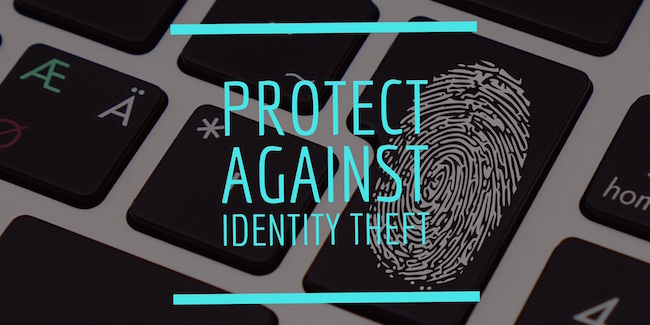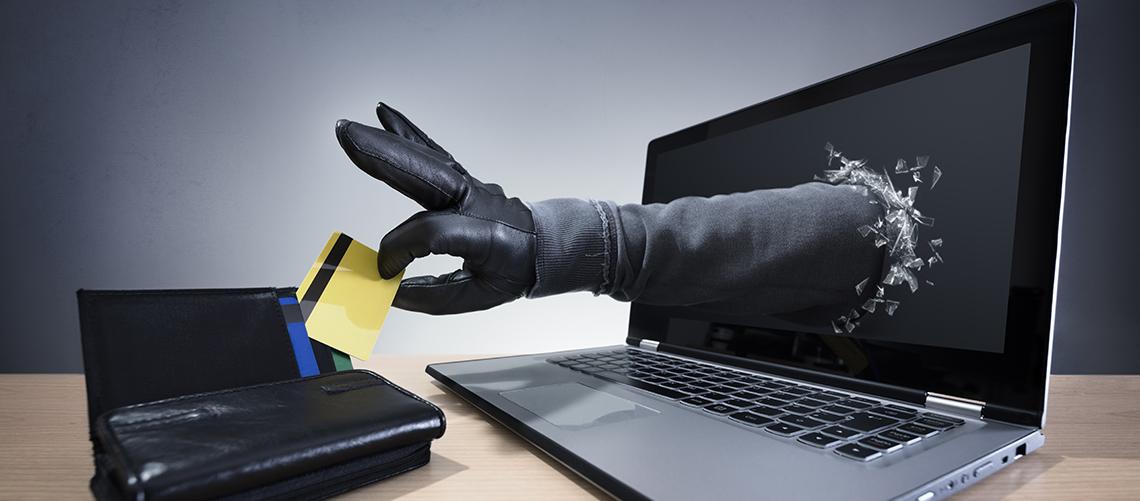With more than 2 million people affected by identity theft in 2017 and some $2 billion lost as a result of account takeovers, it’s never been more important to get familiar with the basics of protecting your personal information online. Perhaps even more alarmingly, children are increasingly a target for identity thieves too – so if you’re a parent, passing on this knowledge to your youngsters (and probably getting a few tech tips from them too!) is a wise move. Let’s take a look at how you can better protect yourself and your family in plain, simple language.

What is identify theft and how does it happen?
Identity theft occurs when someone other than you uses your personal information to gain access to credit or commit fraud. They can come across the details they need to do this (like your name and address, bank account information and ID or Social Security Number) either by obtaining physical copies of these details on things like bank statements and personal mail, or online. Because more and more of us bank, shop, and socialize online and get our statements and correspondence through email, data breaches are increasingly the first entry point for identity thieves. While you can’t control every possible access point, you can make it a lot harder for identity thieves to target you.
How do you know if you’ve been a victim?
Keeping a close eye on your bank statements and taking the time to go through each expense for anything suspicious is a great habit to get into. If you don’t recognize an item, get in touch with your bank immediately to find out if it’s legitimate or not. Small charges are often used as a ‘test run’ by thieves.
In the US and many other countries, you’re allowed access to a free credit report every 12 months, so make use of it religiously. You should also pay extra attention to any bills or statements –either physically posted or sent via email- that you’re not getting, as this might be a sign your contact information has been altered by a third party. If you apply for credit and are rejected, this is also a major red flag.

Keep your documents safe
Birth certificates, social security cards and other identity documents should be kept safely under lock and key. A home safe or safety deposit box are good options, or for a more affordable solution, just make sure they’re not in an obvious location. Desk drawers, for example, are obvious locations!
Take a little extra care when disposing of post and paper copies
Pay slips, credit card and bank statements, tax returns, bills, pre approved credit junk mail and many other documents can all be used by potential thieves, so don’t throw them out along with all your other mail. Shred them yourself or at the post office or submerge them and turn them into pulp for a cheap fix.
Set up two-factor authentication to enhance the security of your online accounts
If all a potential thief needs is your email and password to log onto your accounts, stealing your identity is that much easier. Most of the large platforms, including Google, Microsoft, Amazon and Facebook as well as many others, offer two factor authentication – meaning potential thieves also need access to your phone to log in and make changes. It only takes a few minutes to set up, so it’s well worth it. If you can’t use multi factor authentication on a site which stores your personal data, then make sure you have an extra strong password for it and change it regularly.

Use a VPN and have up to date antivirus, antispyware and antimalware software on your home PC
VPNs or Virtual Private Networks scramble and encrypt your data, making it harder for potential thieves to target you online. Antivirus software is a must on your laptop or home computers, and increasingly so for your mobile devices and tablets. Free options are available, but if you want that extra peace of mind, going for an affordable all in one solution can take the hassle of keeping everything updated off your plate. Never shop or enter your personal details on any site when using a public computer or Wi-Fi hotspot, as these are easy targets for hackers. Following a few reputable tech blogs like Tech Brain to stay up to date with the latest news is a good way to keep yourself educated.
Be vigilant
Thanks for educational campaigns by banks and government agencies around the globe, people are becoming more aware of the dangers of phishing emails and calls. Sadly, this means that many scammers have upped their game. Phishing emails may look virtually identical to those from your real bank or credit provider, so you need to be extra cautious. Check the email address carefully, and always use common sense – if it sounds too good to be true, it is. If it encourages you to ‘act quickly’, don’t! Never follow links from suspicious emails, as these are likely ploys to get harmful software downloaded onto your device or ask you for personal details.
